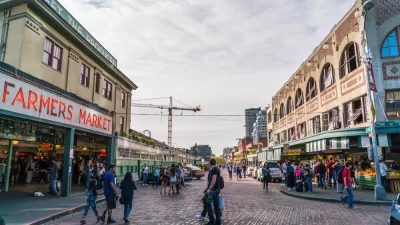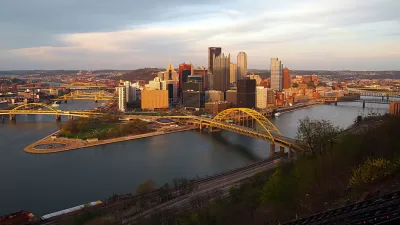Even when they qualify for affordable rents, tenants in high-cost neighborhoods find themselves shut out of essential amenities and services.

Residents who qualify for affordable housing developments are, in some areas, finding the cost of living in their immediate neighborhoods too high. A New York Times article by D.W. Gibson profiles one resident of Southampton, New York, who qualified for an apartment in a development sponsored by the Department of Housing and Urban Development (HUD), but now struggles to afford groceries and other goods locally, such as access to the local beach, which requires a $250 parking permit. “I have to leave here to do my shopping — even the supermarkets are too expensive,” says Liza Coppola. “She says most of the people she knows in the Shinnecock community [where she works] face a similar dynamic of being priced out of the place they live.”
Coppola says she was lucky to snag an apartment in a HUD building, which typically have years-long waiting lists. “Because she’s spent years working on housing issues — first at a nonprofit in Greenport and now with the Shinnecock community — Ms. Coppola knew she would qualify for HUD developments projects intended for people making less than the area median income of $100,722.” But she and others like her find themselves leaving the neighborhood to access affordable services. This dynamic could lead to displacement as residents of increasingly desirable areas find themselves priced out of local amenities, signaling a need for a more comprehensive approach to neighborhood affordability where housing is recognized as one of a number of factors driving displacement.
FULL STORY: The Apartment is Affordable, but the Neighborhood Sure Isn’t

Maui's Vacation Rental Debate Turns Ugly
Verbal attacks, misinformation campaigns and fistfights plague a high-stakes debate to convert thousands of vacation rentals into long-term housing.

Planetizen Federal Action Tracker
A weekly monitor of how Trump’s orders and actions are impacting planners and planning in America.

San Francisco Suspends Traffic Calming Amidst Record Deaths
Citing “a challenging fiscal landscape,” the city will cease the program on the heels of 42 traffic deaths, including 24 pedestrians.

Defunct Pittsburgh Power Plant to Become Residential Tower
A decommissioned steam heat plant will be redeveloped into almost 100 affordable housing units.

Trump Prompts Restructuring of Transportation Research Board in “Unprecedented Overreach”
The TRB has eliminated more than half of its committees including those focused on climate, equity, and cities.

Amtrak Rolls Out New Orleans to Alabama “Mardi Gras” Train
The new service will operate morning and evening departures between Mobile and New Orleans.
Urban Design for Planners 1: Software Tools
This six-course series explores essential urban design concepts using open source software and equips planners with the tools they need to participate fully in the urban design process.
Planning for Universal Design
Learn the tools for implementing Universal Design in planning regulations.
Heyer Gruel & Associates PA
JM Goldson LLC
Custer County Colorado
City of Camden Redevelopment Agency
City of Astoria
Transportation Research & Education Center (TREC) at Portland State University
Jefferson Parish Government
Camden Redevelopment Agency
City of Claremont





























